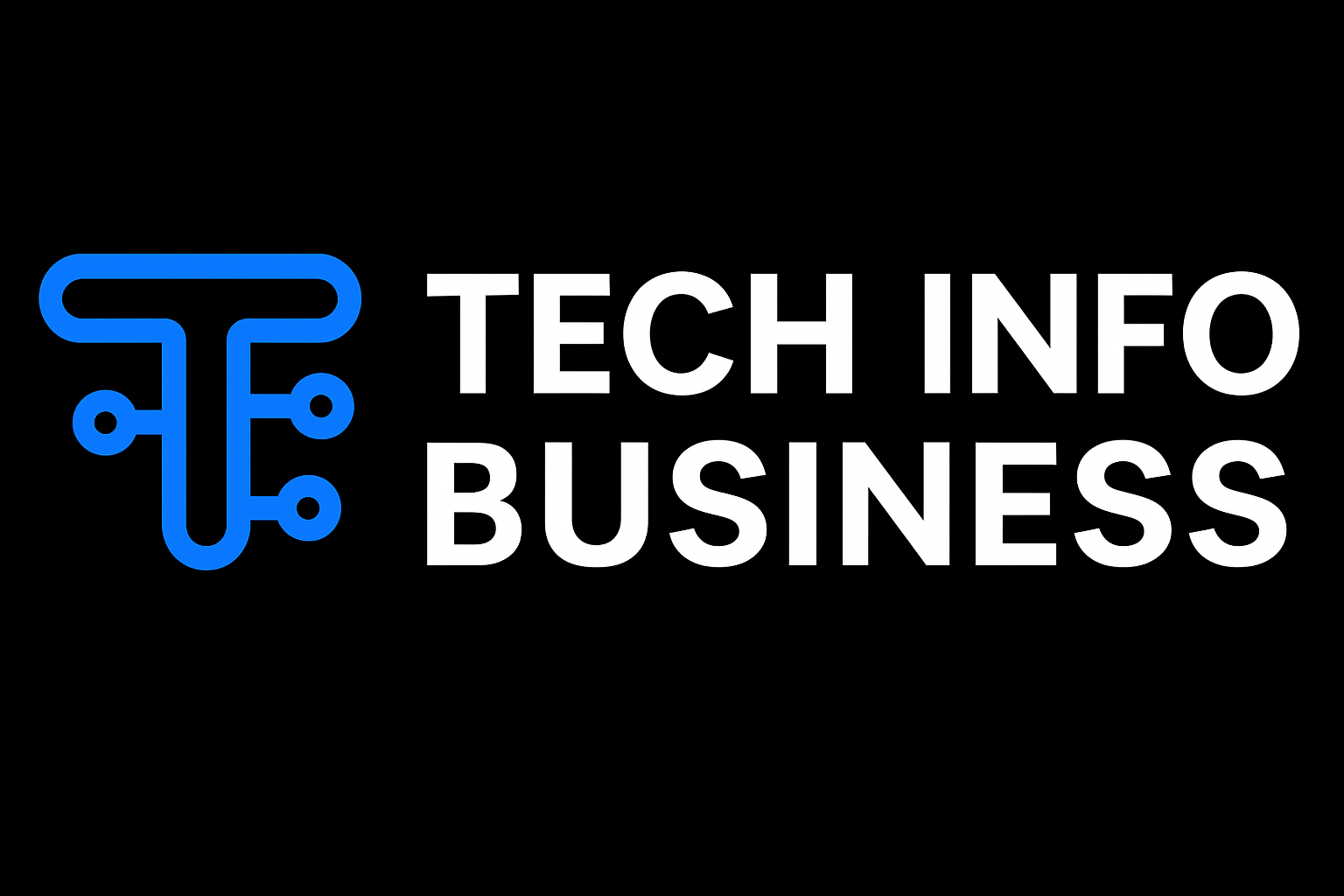In today’s interconnected digital ecosystem, every new technology deployment — whether it’s a cloud-based system, mobile app, AI-driven solution, or IoT platform — brings both opportunity and risk. While emerging technologies accelerate innovation and efficiency, they also expand the attack surface and introduce complex security challenges. Implementing cybersecurity best practices is therefore critical to safeguard sensitive data, maintain trust, and ensure operational resilience.
1. Understanding the Cybersecurity Landscape
Modern organizations face increasingly sophisticated cyber threats. From AI-powered attacks and ransomware to supply chain breaches, adversaries exploit vulnerabilities at every stage of software and infrastructure deployment. Gartner predicts that by 2025, cybercrime costs will reach $10.5 trillion annually, while 45% of organizations are expected to experience software supply chain attacks — a threefold increase since 2021.
Key risk factors driving this rise include:
- Cloud adoption — complex, shared-responsibility models and misconfigurations create exposure.
- Remote and hybrid work — blurred network perimeters increase the risk of human error.
- IoT/OT convergence — billions of connected devices introduce weak entry points.
- Third-party integrations — supply chain dependencies can propagate vulnerabilities.
- AI and automation — both attackers and defenders leverage AI, raising the stakes.
As CISA emphasizes, cyberspace is inherently difficult to secure due to its global, interconnected nature. Effective cybersecurity depends on both strong foundational hygiene (like MFA and patching) and strategic security management tailored to the organization’s technologies and mission.
2. Core Security Risks in Technology Deployments
When deploying new systems or applications, several recurring risks can compromise security:
Code Tampering
Unauthorized alterations to software code can introduce vulnerabilities or malicious payloads. Strict access controls, version control, and integrity verification are essential to prevent tampering.
Third-Party Vulnerabilities
Modern software often relies on external libraries, APIs, and services. Outdated or unpatched third-party components can become a direct entry point for attackers. Continuous dependency monitoring and patching mitigate this risk.
Configuration Errors
Misconfigurations remain one of the most common causes of breaches — especially in cloud and container environments. Automated configuration checks, baselines, and infrastructure-as-code (IaC) validation help ensure consistent, secure setups.
Inadequate Environment Isolation
When test, staging, and production environments share resources or credentials, accidental exposure or unauthorized access can occur. Each environment should be securely segregated and subject to strict access controls.
Lack of Monitoring
Without continuous visibility, it’s impossible to detect intrusions or anomalies. Logging, real-time monitoring, and automated alerts are vital for maintaining situational awareness and detecting threats early.
3. The Role of Deployment Strategies
Different deployment approaches come with unique security considerations:
- Blue-Green Deployment: Requires duplicate security controls and synchronization between environments to avoid data inconsistency.
- Canary Deployment: Limits exposure but still risks leaks from test groups if vulnerabilities exist.
- Feature Toggles: Must be properly managed to prevent exposing unfinished or insecure features.
- Rolling and A/B Deployments: Involve running multiple versions concurrently, which can create inconsistent security baselines.
Choosing the right strategy should balance agility with control, ensuring that rollback, monitoring, and validation mechanisms are in place.
4. Foundational Cybersecurity Best Practices
To secure new technology deployments, organizations should establish a layered defense that combines technical, procedural, and human-focused controls.
1. Establish a Robust Cybersecurity Policy
A formal cybersecurity policy defines the rules, roles, and responsibilities for managing digital risk. It should include:
- Access control standards
- Remote access and vendor management policies
- Data protection and retention rules
- Incident response procedures
A hierarchical policy structure ensures each department has tailored, enforceable guidelines aligned with enterprise objectives.
2. Apply the Principle of Least Privilege (PoLP)
Limit user and process permissions to only what’s necessary. Combine Zero Trust and Just-In-Time (JIT) access to minimize exposure. Regular privilege audits help identify and revoke unnecessary rights.
3. Implement Secure Configuration Management
Maintain a baseline configuration that aligns with industry frameworks such as CIS Benchmarks or NIST SP 800-53. Regularly audit configurations and automate drift detection to ensure consistency.
4. Use Multi-Factor Authentication (MFA) and Strong Password Practices
Even basic cyber hygiene — like MFA, unique credentials, and password encryption — drastically reduces compromise risk. Passwordless or biometric authentication can further strengthen identity assurance.
5. Conduct Code Reviews and Automated Security Scans
Peer reviews help identify logic flaws and insecure coding patterns, while automated scans detect common vulnerabilities such as SQL injection, cross-site scripting, and insecure dependencies. Integrate these checks into CI/CD pipelines for continuous protection.
6. Harden the Environment
Reduce the attack surface by disabling unnecessary services, patching systems promptly, and enforcing network segmentation. Firewalls, intrusion prevention systems (IPS), and endpoint protection tools should be part of the hardened deployment environment.
7. Monitor User Activity and Privileged Access
Insider threats — both intentional and accidental — remain a major risk. Privileged Access Management (PAM) tools and User Activity Monitoring (UAM) solutions provide visibility into actions taken by administrators, contractors, and third parties. Behavioral analytics can flag anomalies in real time.
8. Manage Supply Chain Risks
Supply chain security extends beyond vendor assessment — it demands a comprehensive Cyber Supply Chain Risk Management (C-SCRM) strategy. Follow NIST SP 800-161r1 guidelines, maintain a vendor inventory, and ensure suppliers follow equivalent security standards.
9. Protect and Manage Data Securely
Adopt the CIA triad — Confidentiality, Integrity, and Availability — as your foundation:
- Confidentiality: Use encryption and access control to restrict unauthorized data exposure.
- Integrity: Employ checksums, digital signatures, and secure update mechanisms.
- Availability: Implement redundancy, backup, and recovery procedures to ensure business continuity.
Data Loss Prevention (DLP) tools, managed file transfer systems, and classification policies further reinforce protection.
10. Leverage Artificial Intelligence and Automation Responsibly
AI can enhance both attacks and defenses. Use AI-driven analytics to detect anomalies, automate incident response, and predict potential vulnerabilities. However, also secure AI models and data sets against manipulation, poisoning, and leakage.
11. Conduct Regular Cybersecurity Audits
Frequent audits ensure compliance, reveal weaknesses, and validate that controls remain effective. They should cover:
- Security posture assessments
- Penetration testing
- Configuration and access reviews
- Compliance checks against standards (GDPR, PCI DSS, HIPAA, etc.)
Audit trails and reporting tools simplify analysis and improve accountability.
12. Build a People-Centric Security Culture
Technology alone can’t secure deployments. According to Verizon’s 2023 Data Breach Investigations Report, 74% of breaches involve a human element.
Best practices include:
- Regular cybersecurity awareness training
- Phishing simulations and social engineering drills
- Clear policies on remote work and personal device use
- Empowering employees to report suspicious activity without fear of reprisal
Cybersecurity maturity depends as much on people as on technology.
5. Emerging Technologies and Future-Focused Practices
Cloud Security
Adopt shared-responsibility models, encrypt cloud data at rest and in transit, and implement Cloud Security Posture Management (CSPM) tools. Regularly review IAM roles and least-privilege configurations across cloud accounts.
Zero Trust Architecture
Zero Trust replaces perimeter-based security with continuous verification of users and devices. Every request should be authenticated, authorized, and encrypted — “never trust, always verify.”
IoT and Edge Device Security
Segment IoT networks, change default credentials, and keep firmware updated. Apply monitoring tools capable of detecting abnormal behavior from devices that may not support traditional security agents.
AI and Machine Learning Systems
Secure AI pipelines by validating training data integrity, restricting access to models, and monitoring for adversarial manipulation. Ethical AI governance frameworks help manage algorithmic risk and bias.
Compliance and Regulation
With 75% of the global population expected to be covered by data privacy laws by 2024, organizations must stay current with evolving compliance landscapes. Align internal policies with national and international standards such as NIST CSF, ISO 27001, and GDPR.
6. Simplifying and Integrating Cybersecurity
Overly complex toolsets can hinder visibility and response. Consolidate overlapping tools into integrated platforms that combine:
- Access management
- Threat detection and response
- Audit and reporting
- Automated remediation
This not only lowers operational cost but also strengthens coordination across security functions.
7. CISA’s Cyber Hygiene Principles
CISA highlights foundational steps that every organization and individual should practice:
- Use strong, unique passwords or passphrases.
- Enable multi-factor authentication on all accounts.
- Update software and systems promptly.
- Think before clicking — avoid phishing and suspicious links.
- Back up important data regularly.
These simple actions, if widely adopted, can prevent a significant percentage of cyber incidents before they escalate.
Conclusion
New technology deployments — whether in the cloud, AI systems, or IoT infrastructure — expand both innovation and vulnerability. The most effective defense is a proactive, layered approach that integrates technical controls, process discipline, and human vigilance.
By following cybersecurity best practices — from least privilege and configuration management to people-centric training and Zero Trust design — organizations can deploy new technologies securely, maintain trust, and build resilience in an increasingly digital world.
Check Also:https://techinfobusiness.co.uk/how-technology-is-changing-human-life/


